Ginisang Repolyo is a versatile Filipino stir-fried cabbage dish that beautifully balances nutrition with comfort. This home-style recipe elevates humble cabbage by pairing it with tender chicken, sweet hamonado sausage and succulent shrimp, all brought together in a light but flavorful oyster sauce base.
While traditionally served as a side dish, this hearty version is substantial enough to stand as a complete meal. The vegetables retain their crisp texture while soaking up the savory flavors of the proteins, creating a harmonious dish that's both satisfying and wholesome.
Perfect for busy weeknights, this one-pan meal comes together in just 40 minutes, making it an ideal addition to your regular dinner rotation. The recipe's adaptability allows for seasonal variations and protein substitutions, while staying true to the authentic Filipino cooking technique of "paggigisa" or sautéing, which builds layers of flavor from the ground up.
Jump to:
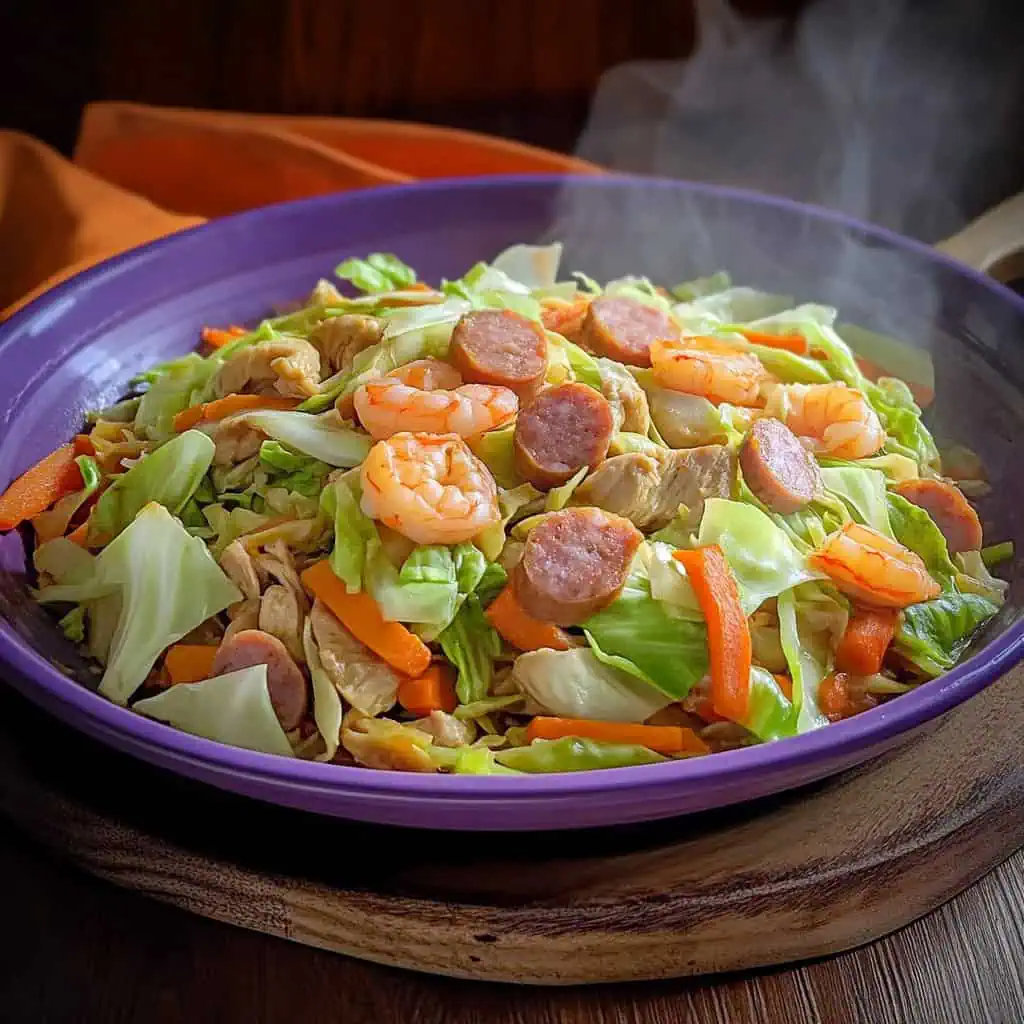
Why You'll Love This Recipe
- Quick and Easy: Ready in just 40 minutes
- Budget-Friendly: Uses affordable, everyday ingredients
- Versatile: Works as both main dish or side dish
- Nutritious: Packed with vegetables and protein
- Family-Friendly: Mild flavors that everyone will enjoy
- Make-Ahead Friendly: Perfect for meal prep
- One-Pan Wonder: Minimal cleanup required
Ingredients
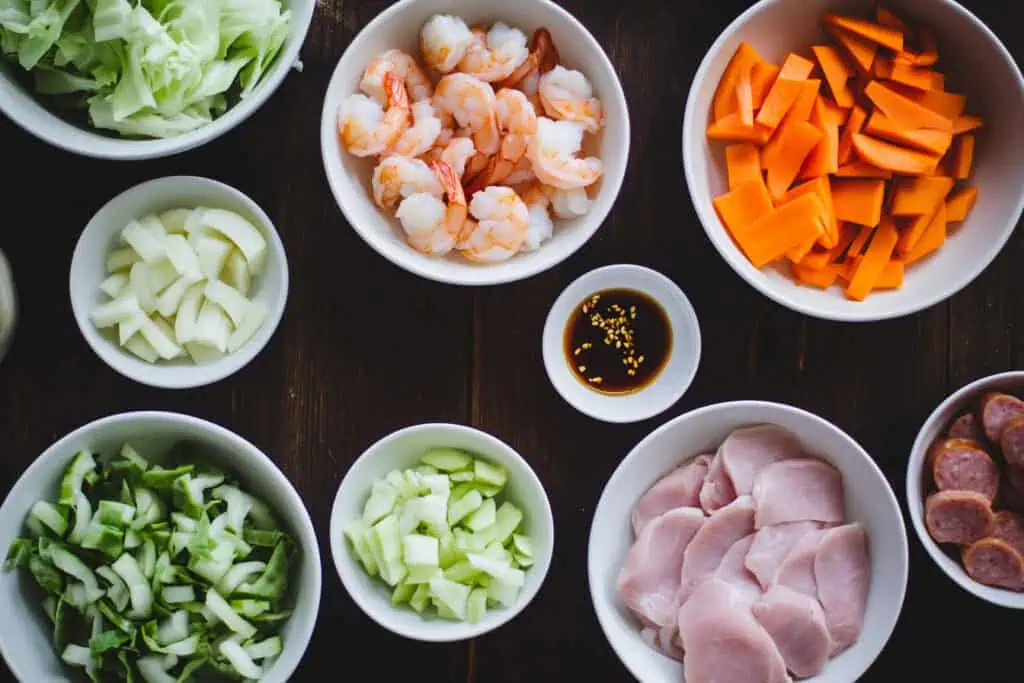
- 1 large cabbage, chopped (approximately 1 kilo)
- ½ pound large shrimp, peeled and deveined
- ½ pound boneless chicken breast, sliced thinly
- ½ pound pork hamonado sausage, sliced thinly on bias
- 2 large carrots, peeled and sliced thinly on bias
- 1 medium onion, peeled and sliced thinly
- 2 cloves garlic, peeled and minced
- 1 tablespoon canola oil
- ½ cup chicken broth
- 1 tablespoon oyster sauce
- Salt and pepper, to taste
Equipment
- Large wok or deep frying pan: Essential for even heat distribution and allowing enough space to toss all ingredients without spilling. The wide surface area helps vegetables cook quickly while maintaining their crispness.
- Sharp chef's knife: For precisely cutting vegetables and meat. A sharp knife ensures clean cuts that help ingredients cook evenly and look appealing.
- Cutting board: Provides a safe, stable surface for prepping all ingredients. Having a separate board for meat and vegetables is ideal for food safety.
- Measuring spoons: For accurately measuring seasonings and sauces, ensuring consistent flavor every time you make the dish.
- Wooden spoon or heat-resistant silicone spatula: Prevents scratching your pan while allowing you to gently toss ingredients without breaking them.
- Colander: Used for washing vegetables and draining shrimp after cooking to remove excess moisture.
- Kitchen scale: Helps measure ingredients precisely, especially important for proteins to maintain the right balance of flavors.
- Small bowls: For organizing prepped ingredients before cooking, making the stir-frying process smoother and more efficient.
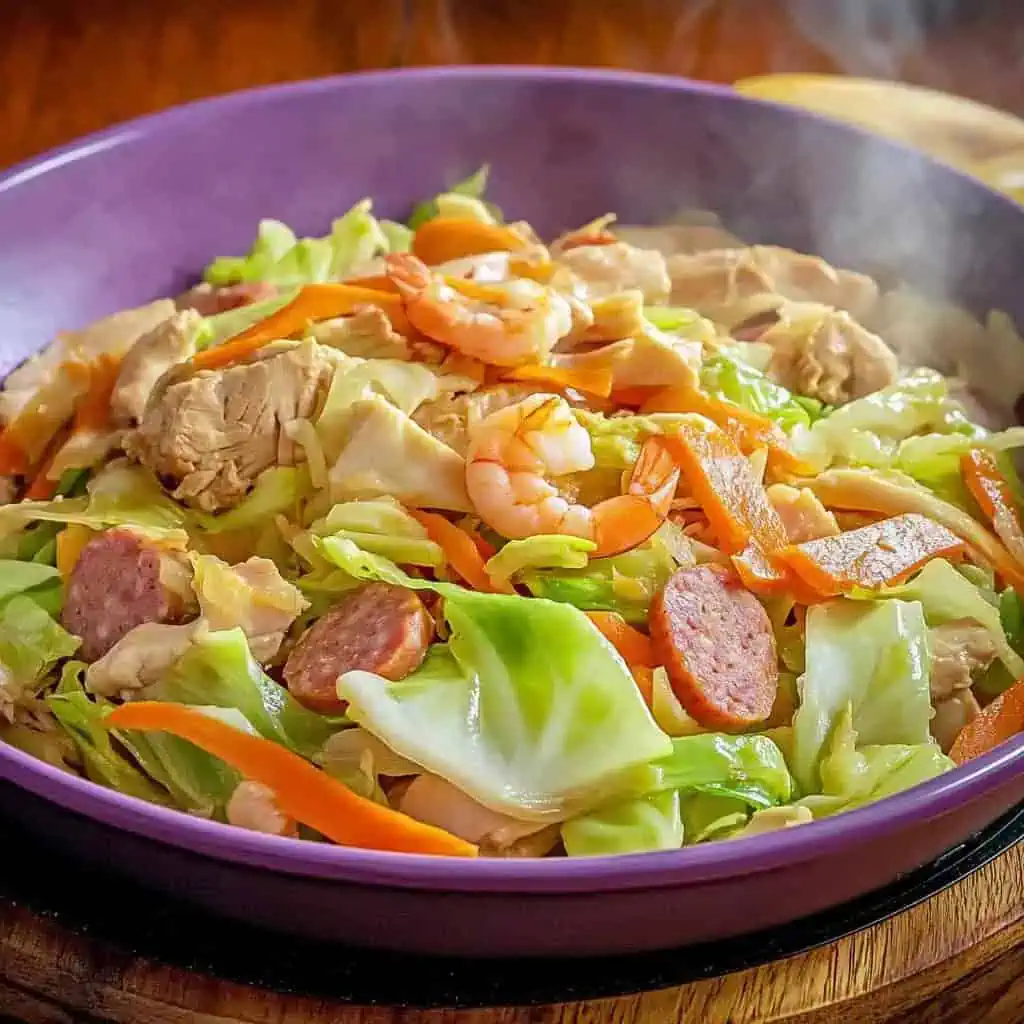
How To Make
- Heat oil in a large pan over medium heat. Add the shrimp and cook until they turn pink, about 1-2 minutes. Remove the shrimp and set aside on paper towels.
- Using the same pan, sauté onions and garlic until softened and fragrant, about 2-3 minutes. Add the sliced chicken and cook, stirring often, until lightly browned, 3-5 minutes.
- Add the sliced hamonado sausage and cook for another 2-3 minutes until it starts to brown. Put in the carrots and cook for 30 seconds to soften slightly.
- Add the chopped cabbage and gently mix everything together. Cook for 30 seconds, just until the cabbage starts to wilt but stays crisp. Pour in the chicken broth and oyster sauce, stirring to combine all ingredients evenly.
- Return the cooked shrimp to the pan. Continue cooking for 2-3 minutes, stirring occasionally, until the vegetables are tender-crisp and the liquid has slightly reduced. Don't overcook the cabbage to keep it from getting too soft. Season with salt and pepper to taste.
- Turn off the heat while the vegetables still have a slight crunch. Let rest for one minute, then transfer to a serving plate. Enjoy hot with steaming rice.
Note: If your cabbage releases too much water, cook on medium-high heat for the last few minutes to help evaporate the excess liquid.

Tips from Lola's Kitchen
- Proper Prep is Key: Cut all vegetables before starting to cook. Ginisang Repolyo cooks quickly, and having everything ready prevents overcooking.
- Cutting Technique: Cut cabbage into uniform sizes (about 1-inch pieces) for even cooking. Remove the tough core first, then slice into consistent pieces.
- Don't Overcook: Cabbage should retain some crispness. Overcooked cabbage becomes mushy, bitter, and loses nutrients.
- Meat First: Always cook meats before vegetables to develop better flavors and ensure food safety.
- Layered Cooking: Add ingredients in order of cooking time – proteins first, then harder vegetables, with cabbage last.
- Seasoning Secret: Add oyster sauce gradually and taste as you go – you can always add more but can't take it away.
- High Heat Finish: For the last minute of cooking, increase heat to medium-high to evaporate excess moisture and concentrate flavors.
- Rest Before Serving: Letting the dish rest for 1-2 minutes allows flavors to meld while maintaining vegetable texture.
Substitutions
- Protein Options: Substitute pork belly, ground beef, firm tofu, or mushrooms for any of the proteins.
- Vegetable Variations: Add bell peppers, snow peas, or green beans for extra color and nutrients.
- Sausage Alternatives: If hamonado sausage isn't available, use regular hot dogs, Chinese lap cheong, or even bacon.
- Sauce Options: Replace oyster sauce with fish sauce (patis) for a more traditional Filipino flavor, or soy sauce mixed with a pinch of sugar.
- Vegetarian Version: Use vegetable broth, replace meat with tofu or tempeh, and substitute vegetarian oyster sauce (made from mushrooms).
- Low-Sodium Option: Use low-sodium broth and reduce salt, adding a squeeze of calamansi or lemon juice for brightness.
- Spicy Variation: Add chopped bird's eye chilies (siling labuyo) or red pepper flakes for heat.
Troubleshooting
- Watery Dish: If there's too much liquid, increase heat to high and cook uncovered for 3-5 minutes to evaporate excess moisture.
- Tough Chicken: Slice chicken against the grain and very thinly (partially freezing helps with thin slicing). Don't overcook.
- Bitter Cabbage: Avoid overcooking and use fresh cabbage. Add a pinch of sugar to balance any natural bitterness.
- Rubbery Shrimp: Cook shrimp separately and briefly as in the recipe. Return to the dish only at the very end.
- Bland Flavor: Allow ingredients to caramelize properly before adding liquids. Make sure to properly season with salt and pepper at the end.
- Vegetables Too Soft: Use high heat and quick cooking times. Add vegetables in stages according to how long they take to cook.
- Uneven Cooking: Cut all ingredients to similar sizes for even cooking. Stir-fry smaller batches if your pan is overcrowded.
Storage & Reheating
- Refrigeration: Store leftovers in an airtight container for up to 3 days in the refrigerator.
- Freezing: Not recommended as cabbage will become mushy when thawed.
- Reheating on Stovetop: For best texture, reheat in a pan over medium heat for 3-4 minutes. Add 1-2 tablespoons of water or broth if it seems dry.
- Microwave Method: Cover and heat on 70% power for 1-2 minutes, stirring halfway through to ensure even heating.
- Meal Prep Tip: Slightly undercook the vegetables if you're preparing this dish ahead of time, as they'll continue to soften when reheated.
- Refreshing Leftovers: Add fresh herbs like cilantro or a squeeze of calamansi juice when reheating to brighten flavors.
- Repurposing Leftovers: Use cold leftovers in fried rice or as a filling for omelets the next day.
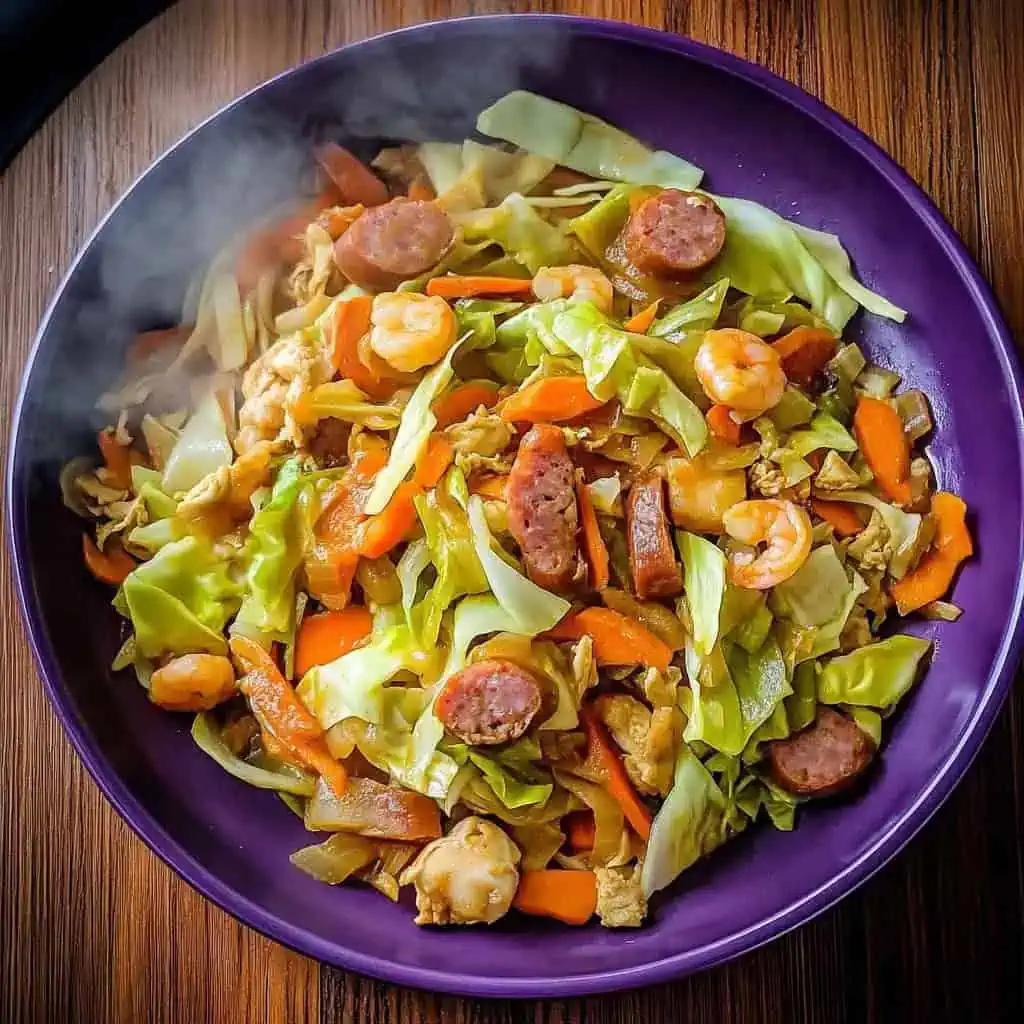
FAQ
Can I make this vegetarian?
Yes! Replace meat with firm tofu (cut into cubes and pan-fried first) or various mushrooms like shiitake or oyster mushrooms. Use vegetable broth instead of chicken broth and mushroom-based vegetarian oyster sauce.
How do I prevent the cabbage from becoming too watery?
Cook on high heat, don't cover the pan, and avoid salting the cabbage too early as salt draws out moisture. If needed, remove excess liquid with a ladle before serving.
What's the best type of cabbage to use?
Regular green cabbage works best for this recipe. Napa cabbage or Savoy cabbage can be substituted but will cook faster and release more water.
Can I prepare the ingredients ahead of time?
Yes, you can chop all vegetables and slice proteins up to 24 hours ahead. Store them separately in airtight containers in the refrigerator.
Is this dish gluten-free?
Not as written, since most oyster sauces contain wheat. Use a gluten-free oyster sauce and ensure your chicken broth is gluten-free to adapt this recipe.
How can I make this dish more kid-friendly?
Reduce or omit the pepper, ensure vegetables are cut into smaller pieces, and consider using mild sausage that children typically enjoy.
Can I double this recipe?
Yes, but cook in batches to avoid overcrowding the pan, which would steam rather than sauté the ingredients.
What makes Ginisang Repolyo authentic?
The key to authentic flavor is in the "ginisa" technique - properly sautéing garlic and onions as the flavor base, and not overcooking the vegetables, especially the cabbage.
Related
Looking for other recipes like this? Try these:
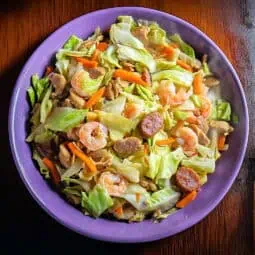
Ginisang Repolyo (Filipino Sautéed Cabbage)
Equipment
- Large wok or deep frying pan (kawali) For even heat distribution and easy tossing
- Sharp knife (kutsilyo) For precise vegetable cutting
- Cutting board (Sangkalan) For safe ingredient preparation
- Measuring spoons (panukat) For accurate seasoning
- Wooden spoon (sandok na kahoy) To prevent scratching your pan
- Colander (salaan) For draining shrimp
- Kitchen scale (timbangan) For accurate measurements
Ingredients
Main Ingredients:
- 1 large cabbage repolyo, chopped (approximately 1 kilo)
- ½ pound large shrimp hipon, peeled and deveined
- ½ pound boneless chicken breast dibdib ng manok, sliced thinly
- ½ pound pork hamonado sausage hamonado, sliced thinly on bias
- 2 large carrots karot, peeled and sliced thinly on bias
- 1 medium onion sibuyas, peeled and sliced thinly
- 2 cloves garlic bawang, peeled and minced
Sauce and Seasonings:
- 1 tablespoon canola oil mantika
- ½ cup chicken broth
- 1 tablespoon oyster sauce
- Salt and pepper asin at paminta, to taste
Instructions
- First, heat oil in a large pan over medium heat. Add the shrimp and cook until they turn pink, about 1-2 minutes. Remove the shrimp and set aside on paper towels.
- Using the same pan, sauté onions and garlic until softened and fragrant, about 2-3 minutes. Add the sliced chicken and cook, stirring often, until lightly browned, 3-5 minutes.
- Add the sliced hamonado sausage and cook for another 2-3 minutes until it starts to brown. Put in the carrots and cook for 30 seconds to soften slightly.
- Add the chopped cabbage and gently mix everything together. Cook for 30 seconds, just until the cabbage starts to wilt but stays crisp. Pour in the chicken broth and oyster sauce, stirring to combine all ingredients evenly.
- Return the cooked shrimp to the pan. Continue cooking for 2-3 minutes, stirring occasionally, until the vegetables are tender-crisp and the liquid has slightly reduced. Don't overcook the cabbage to keep it from getting too soft. Season with salt and pepper to taste.
- Turn off the heat while the vegetables still have a slight crunch. Let rest for one minute, then transfer to a serving plate. Enjoy hot with steaming rice.
- Note: If your cabbage releases too much water, cook on medium-high heat for the last few minutes to help evaporate the excess liquid.
Tips from Lola's Kitchen
- Cutting Technique: Cut cabbage into uniform sizes (about 1-inch pieces) for even cooking
- Don't Overcook: Keep vegetables crisp-tender to retain nutrients and prevent bitter taste
- Meat First: Always cook meat before vegetables to develop better flavors
- Seasoning Secret: Add oyster sauce gradually and taste as you go
- Quick Cooking: Have all ingredients prepared before starting to cook
Nutrition
The Story Behind Ginisang Repolyo
In the bustling kitchens of Filipino homes, Ginisang Repolyo (Sautéed Cabbage) emerged as a practical solution during the American colonial period when cabbage became widely available in local markets. This humble dish reflects the Filipino ingenuity of transforming simple vegetables through the traditional cooking method of "ginisa" or sautéing - a technique that builds deep flavor from simple aromatics like garlic and onions.
Originally, Ginisang Repolyo was a modest side dish made primarily with cabbage and minimal seasonings. As Filipino cuisine evolved and trade brought new ingredients to local shores, the dish adapted to include Chinese-inspired additions like oyster sauce and various proteins. This evolution mirrors the Philippine's rich history of cultural integration, where foreign influences seamlessly blend with local cooking traditions.
In post-war Philippines, when families needed to stretch their food budget, Ginisang Repolyo became a popular choice for practical home cooks. The dish exemplified the Filipino value of "diskarte" - the ability to create something substantial from available ingredients. What started as a simple vegetable side dish transformed into a complete one-pan meal with the addition of chicken, shrimp, and hamonado sausage, showcasing the adaptability of Filipino cooking.
Today, every Filipino household has its own version of Ginisang Repolyo, with recipes passed down through generations. Some families prefer it with patis (fish sauce), while others swear by oyster sauce. In modern Filipino-American households, it's often served as a quick weeknight dinner, bridging the gap between traditional Filipino flavors and contemporary busy lifestyles. This dish remains a testament to the Filipino ability to create flavorful, nutritious meals from simple ingredients while honoring culinary heritage.
In many Filipino restaurants worldwide, Ginisang Repolyo appears on menus as a beloved "lutong bahay" (home-cooked) dish, satisfying both those seeking comfort food and those exploring Filipino cuisine for the first time. Its enduring popularity speaks to the timeless appeal of uncomplicated yet delicious food that nourishes both body and soul.







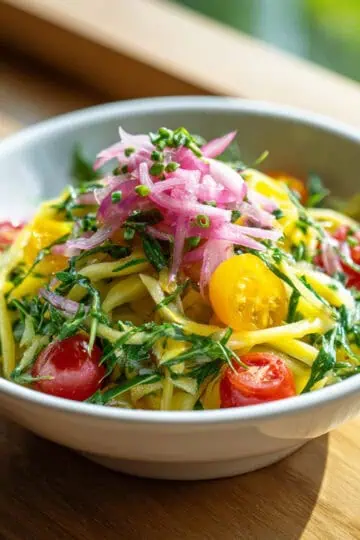
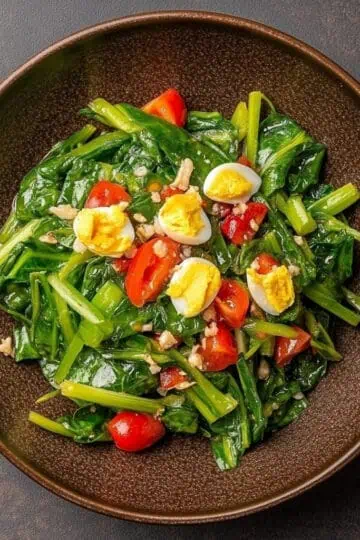

Comments
No Comments